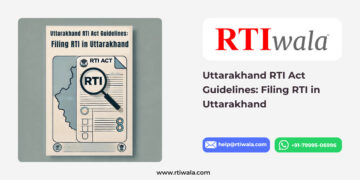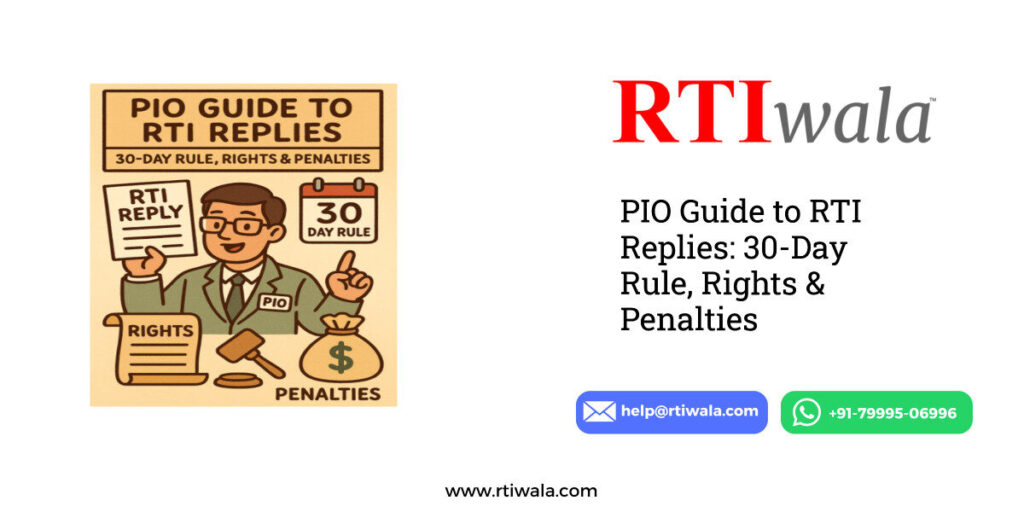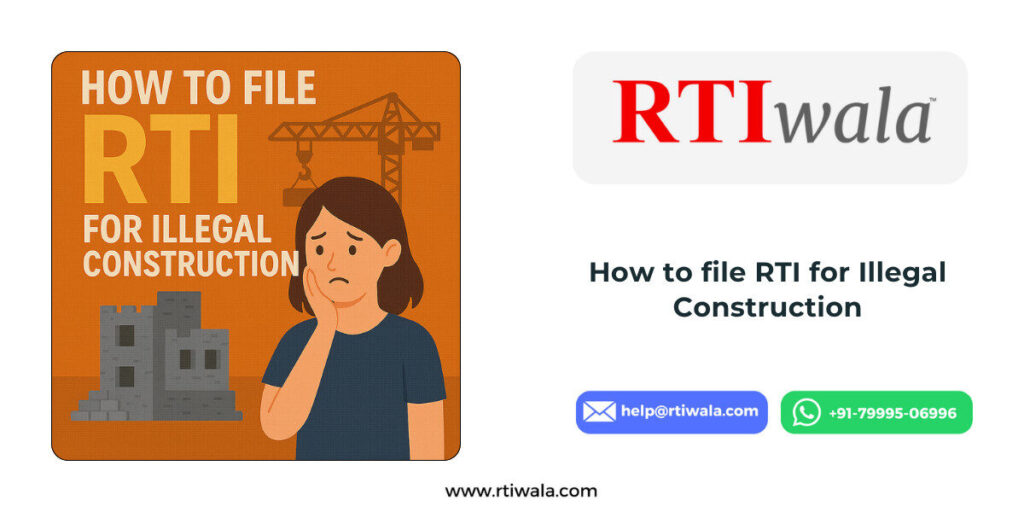Table of Contents
- Introduction
- Understanding the RTI Act 2005
- How RTI Can Be Used for Environmental Protection
- Step-by-Step Guide to Filing an RTI for Environmental Issues
- Common Challenges and Solutions
- Examples of Successful RTI Applications for the Environment
- FAQs
- Conclusion
Introduction
Protecting the environment is crucial as it directly impacts our quality of life. In India, citizens can leverage the Right to Information (RTI) Act 2005 to hold public authorities accountable and advocate for environmental protection. In this guide, RTIwala will show you how to effectively use RTI to address environmental concerns, helping you stay informed and ensure that necessary actions are taken to safeguard the environment.
Understanding the RTI Act 2005
The RTI Act 2005 is a landmark legislation that provides Indian citizens the right to request information from public authorities. This act aims to enhance transparency and accountability in government operations. It covers various aspects of governance, including environmental management and protection. Under this act, you can seek information about environmental policies, implementation of environmental laws, and more.
How RTI Can Be Used for Environmental Protection
Using RTI for environmental protection involves requesting information from public authorities about various aspects of environmental management. Here’s how RTI can be effectively utilized for this purpose:
- Requesting Information on Pollution Control: You can ask for details on how pollution levels are monitored and controlled in your area. This includes air quality reports, water quality data, and compliance with pollution control regulations.
- Checking Environmental Clearance for Projects: If there is a new construction or industrial project in your area, you can request information about its environmental clearance and impact assessment. This ensures that the project complies with environmental regulations.
- Monitoring Waste Management Practices: RTI can help you obtain information about waste management practices and facilities in your locality, including how waste is treated and disposed of.
- Understanding Forest and Wildlife Conservation Efforts: You can use RTI to inquire about the conservation measures taken for forests and wildlife, including the management of protected areas and wildlife sanctuaries.
Step-by-Step Guide to Filing an RTI for Environmental Issues
Filing an RTI application for environmental concerns is a straightforward process. Follow these steps to ensure your application is effective:
- Identify the Information Needed: Determine the specific environmental issue you are concerned about and the information you need.
- Draft Your RTI Application: Write a clear and concise application specifying the information you are requesting. Be precise and include relevant details to help authorities locate the information.
- File Your RTI Application: Submit your application to the relevant public authority. You can file it online through the RTI portal or physically at the office of the concerned authority.
- Follow Up: After submitting your application, track its status and ensure you receive a response within the stipulated time frame (30 days).
- Appeal if Necessary: If you do not receive a satisfactory response, you can file an appeal with the higher authorities.
Common Challenges and Solutions
While filing an RTI application, you might encounter certain challenges:
- Delayed Responses: Sometimes, authorities may delay their responses. To overcome this, follow up regularly and file an appeal if necessary.
- Complex Information: The information provided can be complex. Seek help from experts or environmental organizations to interpret the data.
- Unresponsive Authorities: In some cases, authorities may not respond at all. In such situations, filing a complaint with the Information Commission may be necessary.
Examples of Successful RTI Applications for the Environment
Here are a few notable examples where RTI has been effectively used for environmental protection:
- Case Study 1: An RTI application revealed that a factory was not complying with pollution control norms, leading to stricter enforcement of regulations.
- Case Study 2: An application about a new road construction project led to a review of its environmental impact assessment, resulting in modifications to protect local wildlife.
- Case Study 3: A query about waste management practices in a city led to the implementation of more efficient waste segregation and recycling processes.
FAQs
Q1: What types of environmental information can I request through RTI?
You can request information about pollution control, environmental clearances for projects, waste management practices, and conservation efforts.
Q2: How long does it take to receive a response to an RTI application?
The response should be provided within 30 days of submitting your application.
Q3: What if my RTI application is not answered or rejected?
You can file an appeal with the higher authorities if your application is not answered or rejected.
Q4: Can RTI be used for private companies involved in environmental issues?
RTI is applicable only to public authorities. For private companies, you may need to use other legal avenues or seek information from regulatory bodies. know more
Q5: How can RTIwala assist with filing an RTI application?
RTIwala can help you draft, file, and track your RTI application, ensuring you get the information you need efficiently.
Conclusion
Harnessing the RTI Act 2005 for environmental protection allows you to actively participate in safeguarding the environment. By requesting information from public authorities, you can ensure that environmental regulations are followed and contribute to a cleaner, greener future. For a hassle-free RTI filing experience, consider seeking assistance from RTIwala to streamline the process and achieve your environmental advocacy goals.















































